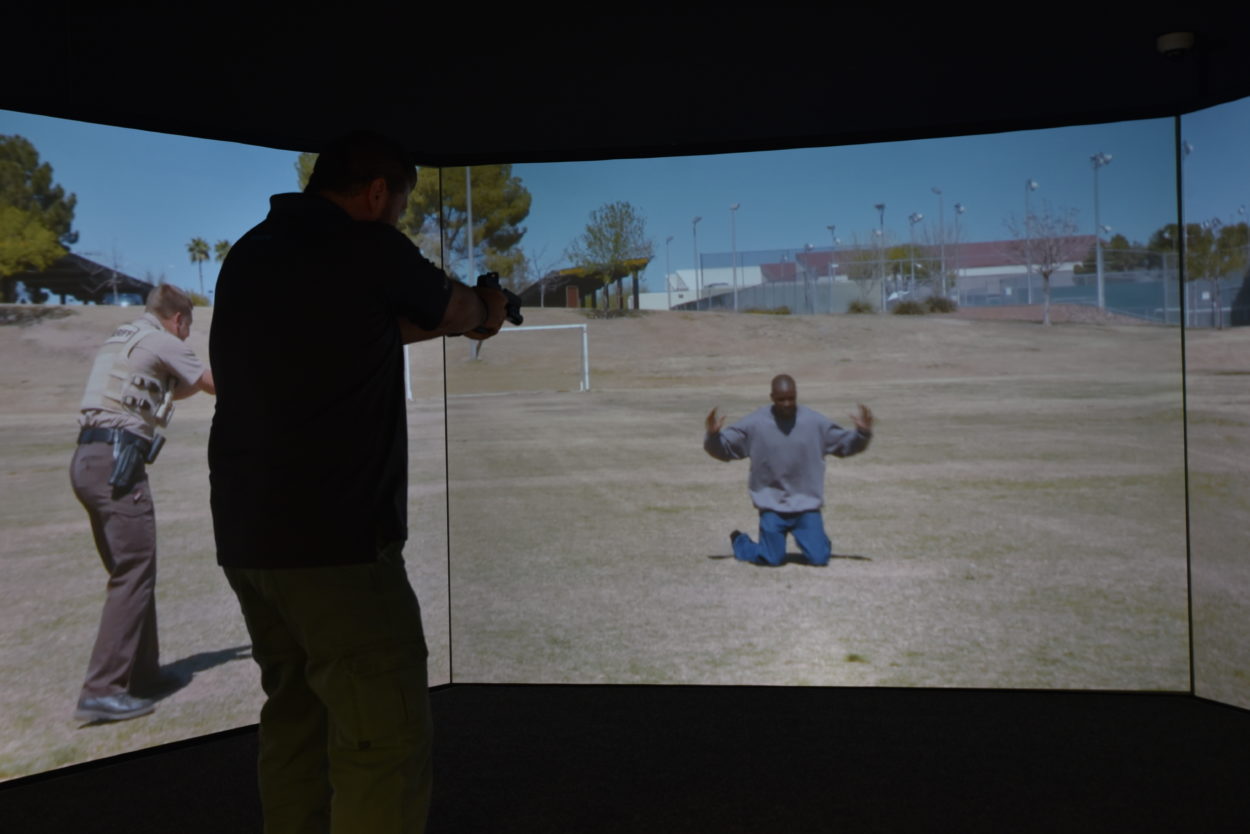
It sounds like a simple concept – one officer is a contact officer and another is the cover officer. The truth is, these concepts and principles arose from a number of unfortunate incidents in law enforcement where the contact and cover roles were blurred or even non-existent. Each officer has a role and responsibilities that are vital to safety and must be understood.
A tragic event in 1984 laid the groundwork for contact and cover principles. Officers Timothy Ruopp and Kimberly Tonahill of San Diego PD lost their lives on duty when apprehending two subjects for a misdemeanor charge. While Ruopp was writing the subjects a citation, Tonahill began conducting a Terry Frisk on one subject who overpowered her and shot both officers with a handgun. What went wrong? The contact officer, Tonahill, was not being observed or protected since Ruopp was focused on writing the citations.
Duties and Responsibilities of Contact & Cover Officers
A contact officer must:
- Communicate, contain and control the subject(s)
- Search and arrest subject(s)
- Communicate with the cover officer and dispatch
- Primarily assigned the use of less-lethal force options
The cover officer must:
- Protect the contact officer
- Remain aware of surroundings and third parties
- Relay intelligence to contact officer
- Provides lethal cover
It is important to reiterate that role switching is acceptable, but blurring the roles is not. Teamwork is mandatory and effective communication between officers, to subjects and to dispatch is imperative. Officers must monitor and maintain proper positioning and appropriate distancing. At times, subjects may need to be moved to help the cover officer observe.
All of these points and many more are mentioned in the Contact and Cover Concepts V-VICTA™ curriculum. This course is 3 hours of NCP certified material certified by IADLEST. Like other V-VICTA curriculum, Contact and Cover Concepts includes a training manual, associated simulator scenarios, a presentation, testing materials and more.
To learn how to incorporate Contact and Cover Concepts and the vital principles covered within the curriculum, contact a product specialist.
Recently Published
Join Our Newsletter







